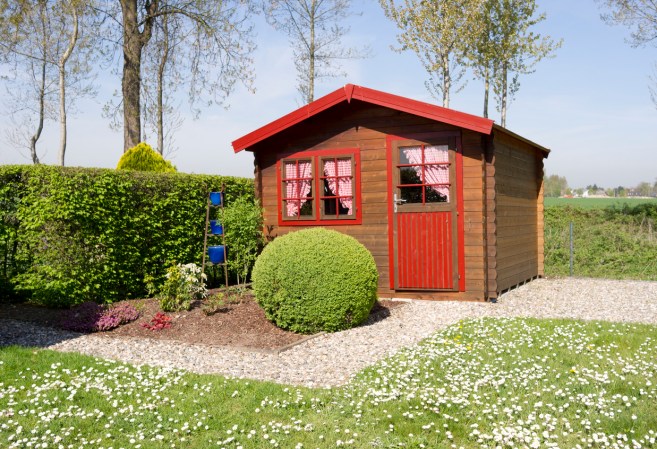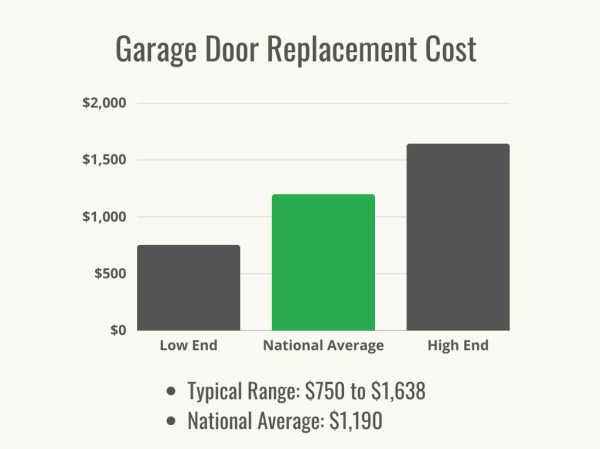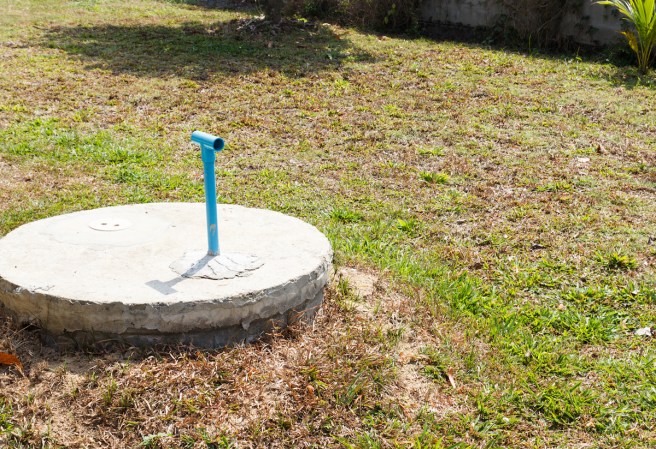We may earn revenue from the products available on this page and participate in affiliate programs. Learn More ›
Q: My partner and I purchased a house and recently moved in. The place is great, but one neighbor uses our driveway to access his garage. I asked him about it and he mentioned that it was an easement that was established with the last owner. What is an easement and does this give my neighbor the right to use my driveway?
A: Easement is an unfamiliar term for many people, but it’s important to understand your property rights and how easements are related to your property. An easement is essentially an agreement that gives legal access and easement rights to an individual or company, allowing them to use a portion of your property within the limits of the easement. It seems like your neighbors previously established an easement allowing them to use the driveway to get to their garage. However, there are a few different types of easements and the agreement may be invalid. You should obtain a copy of the property deed through the country records to determine the legal extent of the easement.
An easement is a guarantee that a person, company, or government has the right to use the property for a specific purpose.
Easements are commonly used by public utilities to gain access to your property in order to update and maintain existing electrical, gas, and water systems. However, easements aren’t limited to public utilities. A neighbor or even a private company could have or create an easement on your property, giving them access to a certain portion of the land for a specified reason.
For instance, a neighbor could request an easement in order to use a portion of your property for their shed or garage. This type of situation is relatively common when building projects like a fence or shed are constructed partially over a property line. An easement would grant the neighbor access to that part of the property, giving them a right to use it. Though hostile easements can also occur. This happens when a party regularly uses a portion of the property for a continuous period without permission, then requests that an easement be established to give them legal access and easement rights over this part of the property.

Related: 10 Things Homeowners Need to Know About Their Property Rights
There are a few types of easements.
Easements can be applied or granted for a number of reasons depending on the type of easement. In fact, many properties have easements that were laid out when the subdivision was first built that allow for public utilities, power lines, phone lines, water pipes, sewer pipes, gas lines, and internet infrastructure to be constructed and maintained on the property. However, not every type of easement is related to the neighborhood infrastructure.
-
Appurtenant: An easement appurtenant refers to a situation in which the servient tenement (the property giving the easement) and the dominant tenement (the property that benefits from the easement) have an agreement that allows the dominant tenement to use a part of the property. An example of this type of easement would be if one neighbor’s property did not have access to a public road, so they made an agreement with another neighbor to drive over their property to reach the road from their home.
- In Gross: In this type of easement, the agreement is made with a single party and the easement is non-transferrable. This means that the property owner grants an easement in gross to a utility or to a company for as long as they have ownership of the property. If the property owner were to transfer the ownership of the property, sell the property, or if the property is inherited upon death, the easement in gross arrangement becomes invalid and must be renegotiated. For example, easements in gross contracts are common in utility companies. The contracts are created when the land is initially subdivided, and the easement in gross gives them access to the property for maintenance and repair services. This type of easement can also be made for the conservation of land.
- Prescriptive: A prescriptive easement is less civil than the other types. This type of easement occurs if someone uses a part of the property without permission and fulfills the legal requirements to obtain the prescriptive easement. The hostile user must then bring a title lawsuit against the property owner and prove that they have fulfilled the legal requirements according to state law. The legal requirements include:
- The use of the property must be open and not secret.
- The use of the property must be notorious, or clearly observable.
- The use of the property is considered hostile or without the landowner’s consent.
- The use of the property is continuous, without interruption for the required number of years as set out by state law.

An easement may affect a property’s value.
While many easements go almost unnoticed by the property owners and prospective buyers, especially when it comes to granting maintenance access to electrical, gas, water, and internet services, there are some easements that can reduce the value of the property. The property value can be affected by a number of situations. For instance, the company or individual that is benefiting from the easement uses the property in such a way that attracts a large number of vehicles or visitors, like a roadside produce stand.
Alternatively, the easement may prevent prospective buyers and current owners from building a pool, putting in a shed, or otherwise updating the property. This limitation is enough to drop the price when there are other properties that don’t have the same restrictions.
Related: Trees and Property Lines—8 Things All Neighbors Should Know
Easements are created in a few different ways.
There are a number of different types of easements, but there are also a variety of ways in which easements can be created, including express, implied, and by necessity.
- Express: Express easements are created by signing a written agreement between the property owner or landowner and the individual or company that is seeking to use the land. This agreement should be established through the local court system and recorded with the county recorder’s office.
- Implied: Implied easements do not require written agreements or documents to be established. These easements are created when a specific situation or set of circumstances is implied by the owner and the interested parties, such as when a developer sub-divides the property into multiple lots and sells them to prospective buyers. However, an implied easement must fulfill three requirements to be created:
- The owner of the property must convey a portion of the property to another.
- The owner used the property in such a way that the interested party believed that the property could continue to be used in this way after the portion was conveyed.
- The implied easement must be necessary for the interested party or buyer to use and enjoy the land.
- By Necessity: Easements by necessity are created when an owner conveys a portion of the property to another, just like an implied easement, but the difference between the two is that this agreement isn’t dependent on the owner using the property in such a way that indicates an easement was intended. This situation is most common when multiple plots of land are sold from a larger property and some lots become landlocked without access to public roads. An easement by necessity is often established to allow a neighbor to move across a portion of the property in order to access their home.
It’s legally required to disclose easements when selling a home.
When a home or property is being sold the sellers are legally required to inform the buyers about any pre-existing easements, though this isn’t always explicitly stated. Sometimes this information gets thrown into a large contract that is hastily reviewed with a real estate agent who may be more interested in the potential commission than providing the buyers with all of the necessary information.
In order to find out if a property has any previous or current easements, you can ask the seller directly, ask your real estate agent to find out, or you can take on the task of getting a copy of the property deed through the county courthouse. Even before agreeing to purchase the home, you can get access to this information, so you can make sure to be fully informed about the property and any limitations or restrictions without needing to commit to putting down a deposit on the home.










